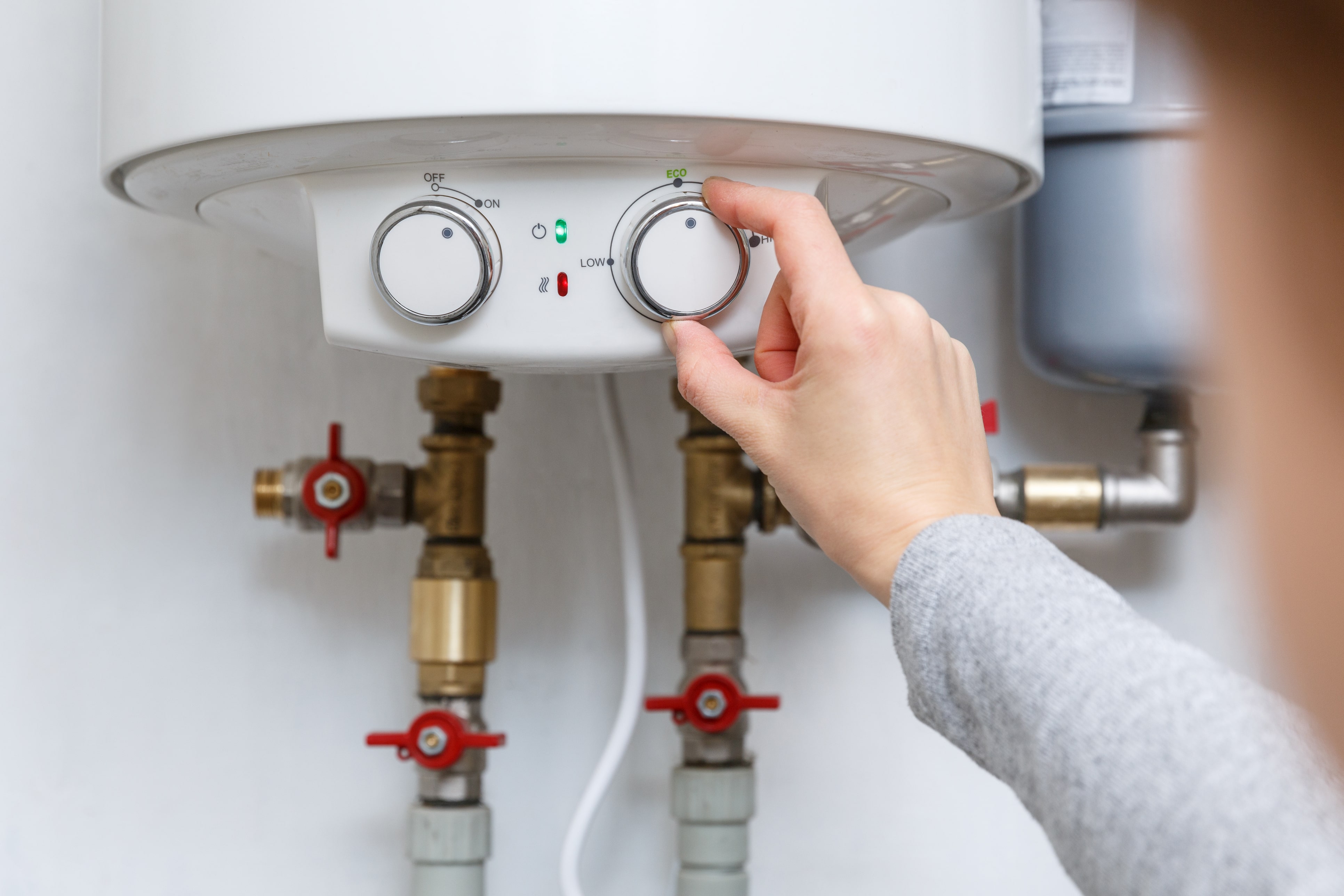Things to check when your Water Heater is not giving enough hot water
March 03, 2022

It’s really annoying when your relaxing hot shower is cut short by a stream of lukewarm water. Additionally, a steady supply of hot water is a must to carry out other household to-do’s. Washing dishes, laundry, and giving your pets a bath all requires a steady hot water supply. Whether you have an electric, tankless, or gas water heater, you can try some basic troubleshooting to fix the problem. Here is a checklist to help you identify the reason , and a few potential solutions, when your water heater is not producing enough hot water.
- Sediment or Rust: Water supplied for general use contains varying amounts of dissolved minerals, sand particles, and other debris. These impurities settle at the bottom of the water heater when the water is heated. This leads to the build-up of sediments near the burner, affecting the heating efficiency of the water heater. To avoid this problem, you can drain the water heater once a year. If you see rust at the bottom of the water heater, plan to replace the water heater with a new one as the rusted water heater could burst and cause serious harm.
- Thermostat: Sometimes your water heating problem is just due to a turned-down thermostat that you forgot to reset in the winter season. Try resetting the thermostat and see if you are getting enough hot water. Make sure you don’t set a temperature higher than 120 ºF (49 ºC) as this could cause scalding or serious burns. Some thermostats have “warm,” “hot,” and “very hot” settings. In such situations, it's always advisable to test the temperature with a thermometer to check the temperature of the water. If the problem persists, then you need to replace the faulty thermostat with a new one.
- Wrong-Sized Water Heater: The water heating capacity of your water heater can be another possible reason for insufficient hot water. If your family has grown or your hot water needs have increased in recent times, you need to reassess the capacity of your water heater and get bigger for your home. For a constant hot water supply, you can consider installing a tankless water heater. A tankless water heater heats the water directly with the help of natural gas burner or an electric element as it passes through the unit. In homes with a hot water requirement of 41 gallons or less, tankless water heaters are 24%-34% more energy saving. Usually, a tankless water heater has a life expectancy of around 20 years whereas the conventional water heater lasts 10-15 years.
- Faulty Dip Tube: A dip tube is installed inside the water heater tank to provide fresh water to the water heater. In case the dip tube of your water heater breaks, crack, or falls off, it can cause the mixing of hot water with cold water, giving you a tepid water supply. If you find that your dip tube is damaged, get it replaced by a professional to resume your hot water supply.
- Damaged Internal Heating Element: There are two heating elements inside a water heater- the upper heating element and the lower heating element. If there is a fault in the upper heating element, you will get a constant supply of lukewarm water whereas a faulty lower heating element will heat less water and water will turn cold after a short supply of hot water. Replacement of the faulty heating element will solve the issue.
- Leakage in the Water Heater: Your water heater may not be supplying enough hot water because of leaks in the unit. If you detect a leak in your water heater, it’s best to get the issue resolved as soon as possible to prevent further damage and hazardous situations.
- Demand-Supply Mismatch: Using appliances like dishwashers and washing machines while taking showers can put a load on your water heater, thus limiting its efficiency to provide a consistent temperature of hot water. Try to use the appliances at a different time from your shower time. Installing low-flow faucets and showerheads of 2.5 gpm or less can help you reduce the gpm (gallons per minute) and increasing the amount of hot water in each outlet.

